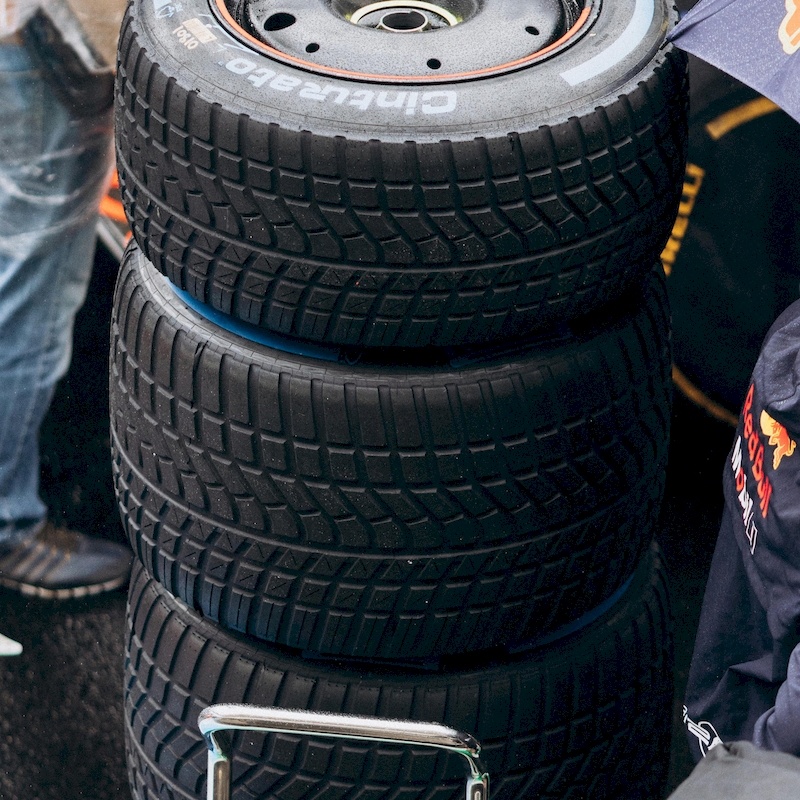Changing tires can seem like a straightforward task, yet many car owners wonder how long does it take to put tires on a car. Whether you’re swapping out winter tires for summer ones or replacing a flat tire, understanding the time commitment can help you plan your day. Tire changes can vary greatly in duration due to numerous factors, including the type of tires being installe, the tools available, the experience of the person doing the work, and whether the tire change is being performed at home or at a garage. Knowing these elements can lead to a more efficient process, making it easier to manage your schedule around necessary tire maintenance. This comprehensive guide will delve deeply into the various aspects of tire change, helping you understand how long it should realistically take.

Understanding the Tire Change Process
Before diving into the specifics of how long it takes to put tires on a car, it’s essential to understand the basic steps involved in changing a tire. Whether it’s a professional or a DIY approach, the process typically follows these steps:
- Preparing the Vehicle: This includes securing the car on a flat surface, engaging the parking brake, and gathering necessary tools such as a jack, lug wrench, and new tires.
- Loosening the Lug Nuts: Before lifting the vehicle, it’s usually easier to loosen the lug nuts on the tires while they are still on the ground.
- Lifting the Vehicle: Using a jack, the vehicle is raised off the ground, allowing access to the tires.
- Removing the Old Tires: Once the lug nuts are fully loosened or removed, the technician or individual can take off the old tires.
- Installing the New Tires: New tires are placed onto the wheel studs, and lug nuts are tightened securely.
- Lowering the Vehicle: After ensuring the tires are properly fitted, the vehicle is lowered back to the ground.
- Final Checks: A final check is performed to ensure that all lug nuts are secure and that tires are inflated to the correct pressure.
This step-by-step process could be complete in a home environment or at a tire shop. Understanding this framework can give you better insights into estimating the time needed for the complete tire change.
Time Estimates for Different Tire Change Scenarios
Now that we have an overview of the process, let’s break down how long it typically takes to put tires on a car in different scenarios.
Home Tire Change
If you decide to change your tires at home, the time involved can vary based on your experience level and the tools you have at hand.
- Beginner (DIY without experience): For someone with no prior experience, changing tires can take anywhere from 1 to 2 hours. This includes the learning curve of handling tools and figuring out the tire change process.
- Intermediate (some experience): If you have changed tires a few times, you might complete the process in approximately 30 to 60 minutes. Familiarity with the required tools and techniques will significantly speed up the procedure.
- Expert (experienced DIYer): A seasoned individual can typically change tires in about 15 to 30 minutes, especially if they know how to efficiently manage each step of the process.
Professional Tire Change at a Garage
When taking your car to a professional, the time can vary based on the shop’s workload and the type of service you choose.
- Standard Tire Change: Most tire shops can complete a standard tire change in about 30 to 45 minutes, assuming there are no complications such as rusted lug nuts or wheel misalignment.
- Busy Shops: If the shop is particularly busy, you may experience longer wait times, sometimes extending the total time to 1 to 2 hours, especially if an appointment is not made in advance.
- Additional Services: If you require additional services, such as wheel alignment or balancing, the process can take longer. Wheel balancing typically adds an extra 15 to 30 minutes to the overall service time.
Tire Change for Special Situations
Certain scenarios may cause a tire change to take longer than usual:
- Flat Tires: Changing a flat tire on the side of the road can take 15 to 30 minutes if you have all the necessary tools and can work quickly.
- Seasonal Changes (Winter to Summer Tires): If you are changing tires seasonally, it might take longer due to the potential need to store tires, check tire pressure, and inspect for any wear or damage.
- Tire Rotation: If you are doing a tire rotation along with a tire change, you should plan for an additional 10 to 15 minutes, as the process will involve lifting the car multiple times and ensuring proper placement of each tire.
Understanding these various scenarios can help you prepare both mentally and time-wise for your next tire change.
Factors Influencing Tire Change Time
While the typical timeframes give a general idea, several factors can impact how long a tire change takes. These factors could either shorten or extend the time required for the task.
Experience Level
The most significant factor is the skill level of the individual performing the tire change. Those with more mechanical knowledge will handle tools and the process more efficiently, whereas a novice may be slower due to indecision and mistakes.
Quality of Equipment
Having the right tools can also dramatically influence the time it takes to complete the job. Common tools include:
- Jack: A good-quality hydraulic jack can make lifting the car easier and quicker.
- Lug Wrench: A sturdy, ergonomic lug wrench will make it easier to loosen and tighten the lug nuts.
- Tire Changer Machines: For shops, professional tire changers can reduce the time significantly.
Vehicle Type
The type of vehicle plays an essential role. Cars with smaller tires can be quicker to change, while larger, heavier vehicles, like trucks or SUVs, take more time due to their size and weight.
Condition of Tires and Hardware
If the lug nuts are ruste or overtightene, it can take longer to change the tire. Additionally, if the tires themselves are in bad shape, dealing with issues such as leaks or damage could extend the time as well.
Weather Conditions
Inclement weather can also impact the speed of a tire change. Rain or snow can make soil slippery, affecting safety and slowing down the process. On the other hand, extremely hot weather can lead to rusted parts becoming even more difficult to manage.
Being aware of these influencing factors will help you anticipate the total time commitment for your tire change.

Safety Precautions During Tire Change
When considering how long it takes to put tires on a car, safety should be top of mind. Taking the proper precautions not only ensures a smooth process but diminishes the chances of injury during tire changes.
Preparation of Work Area
Make sure your work area has ample space and is free of debris. Park on a flat, stable surface, engage the parking brake, and ensure that any automatic features of the car are disable.
Use Protective Gear
Invest in gloves to protect your hands and wear comfortable shoes with good grip. If you have protective eyewear, it’s also a good idea to wear them, especially if you’re working with tools that can generate sparks or debris.
Secure Tools Properly
Before starting, check to ensure that your tools are in good condition. A faulty jack could be dangerous, and improper use of a lug wrench can result in injury.
Stand Clear While Using Jack
Once the vehicle is raise, do not stay underneath it or attempt to work in a position that puts you directly beneath the vehicle. Use jack stands as an added safeguard whenever possible.
By following these safety precautions, you can create a safer environment for your tire change, potentially avoiding delays caused by accidents or injuries.
Additional Considerations and tips
To ensure an efficient tire change, consider the following additional tips:
- Have a Basic Routine: Develop a systematic routine for tire changes. This can help speed up the process as you become familiar with the required steps.
- Prepare for the Unexpected: Have a plan for unexpected complications, like needing to break stuck lug nuts or dealing with unexpected weather changes.
- Know When to Seek Help: If the tire change seems to be beyond your capability, don’t hesitate to seek professional assistance. Knowing your limits can save time and frustration.
- Schedule Regular Maintenance: Keep track of your tire health and plan changes well in advance. Regular inspections can prevent issues from accumulating and causing delays during the tire change process.
By being proactive, you can streamline the process, ensuring a quicker and more efficient tire change each time.

Conclusion: Efficient Tire Changes Made Easier
So, how long does it take to put tires on a car? While the process can range from a quick 15-minute DIY job to a lengthy 2-hour visit at a tire shop, understanding the numerous influencing factors can lead to greater efficiency and speed. The tire change process follows a fairly consistent set of steps, but the time commitment can vary based on experience level, type of vehicle, and equipment used. Additionally, safety precautions are crucial to ensuring the task is complete without injury or complications.
By planning ahead and being prepared, you can make the tires of your car ready to roll in no time. Embrace the tips and insights provide here, and next time you’re faced with the task of changing tires, you’ll know just what to expect, both in terms of time and handling the entire process efficiently.

